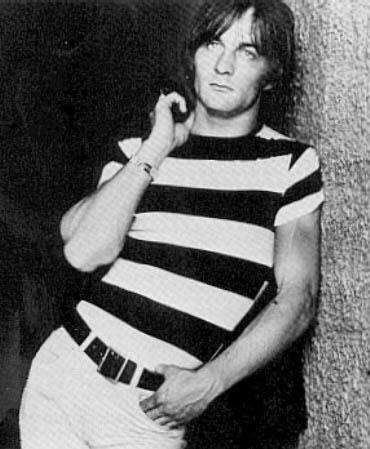Discographies
Sort By: Post DateTitle Publish Date
|
Apr 03, 2019
|
Oct 31, 2010
|
Oct 31, 2010
|
Oct 31, 2010
|
Aug 06, 2021















